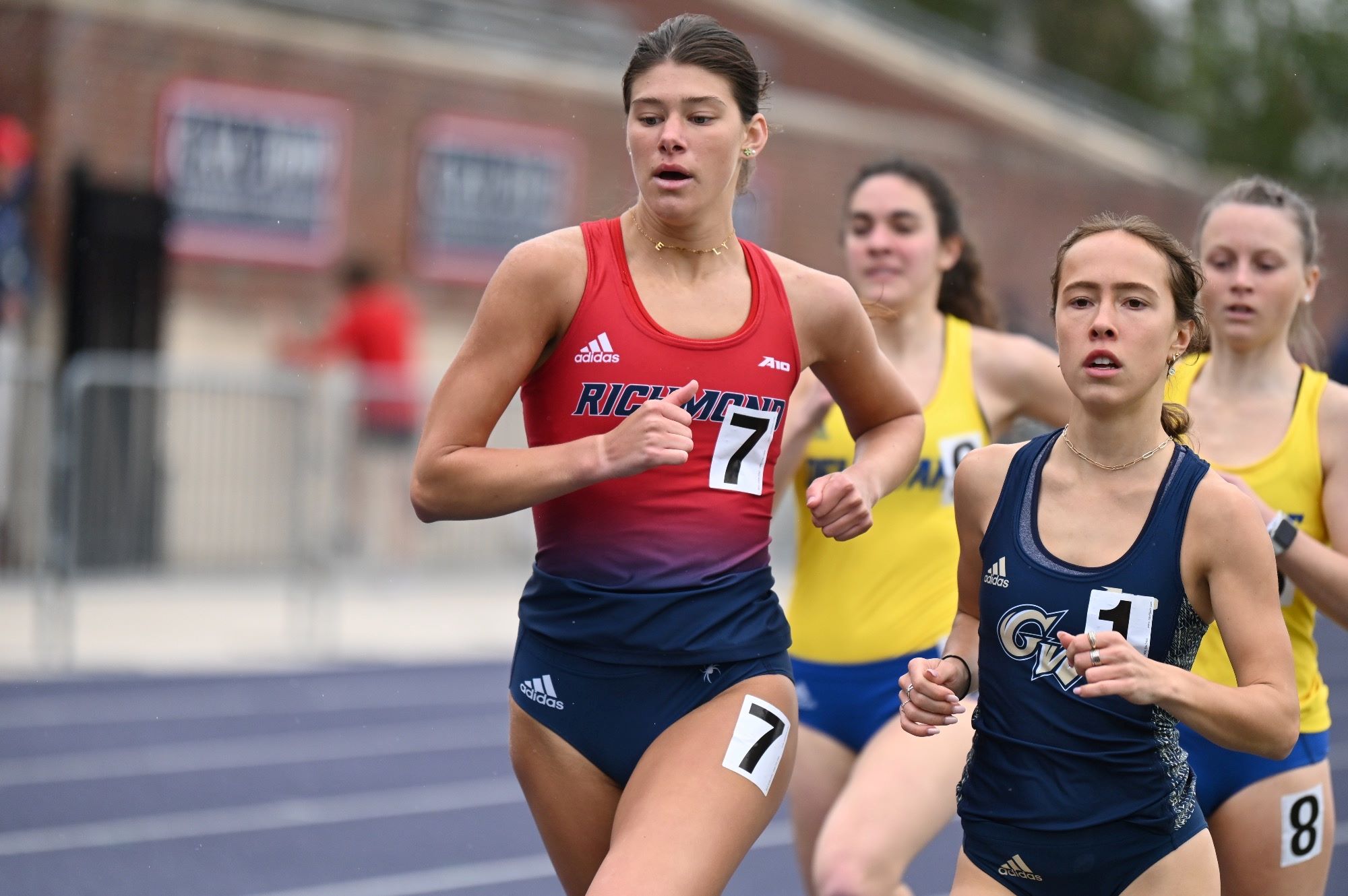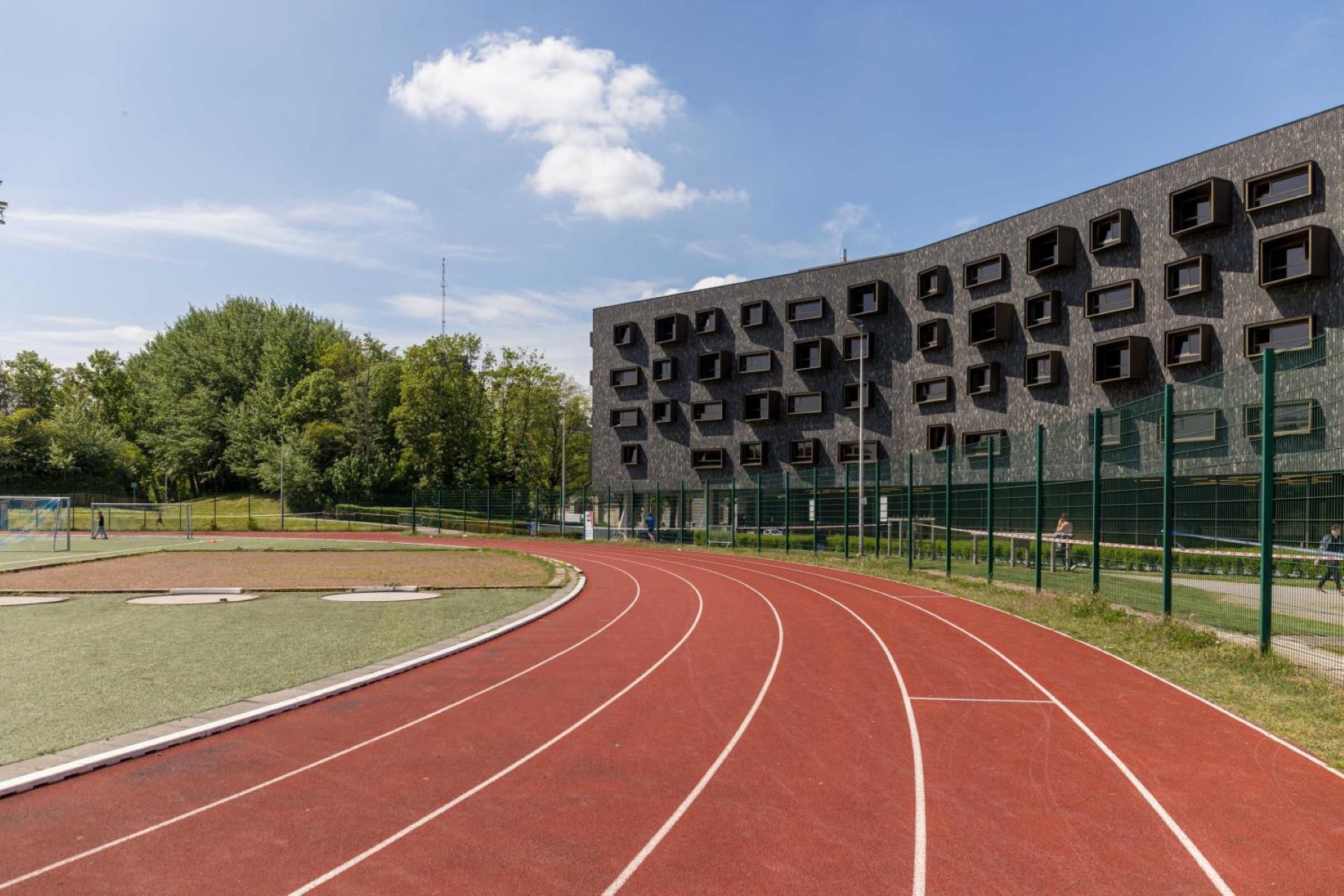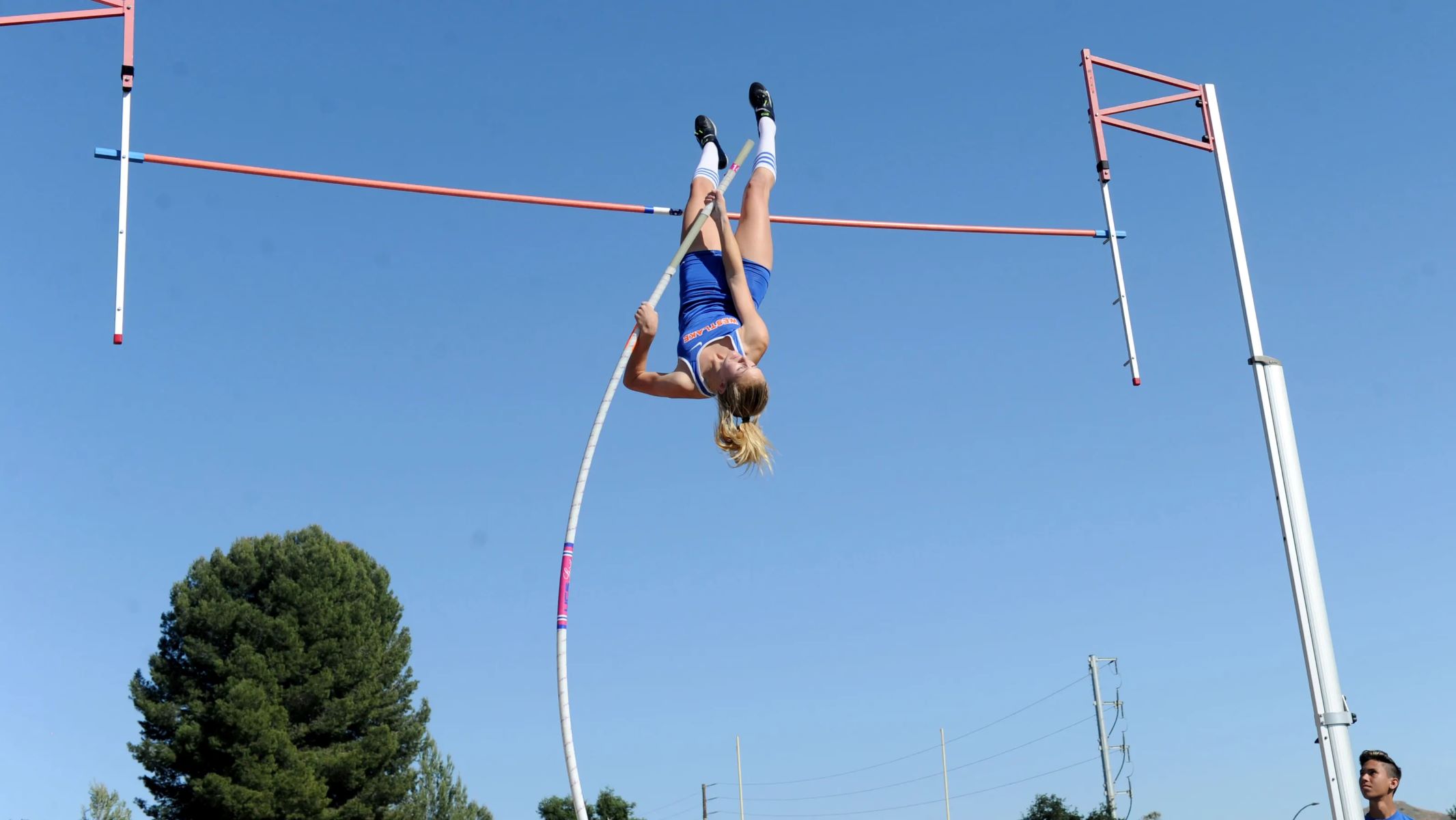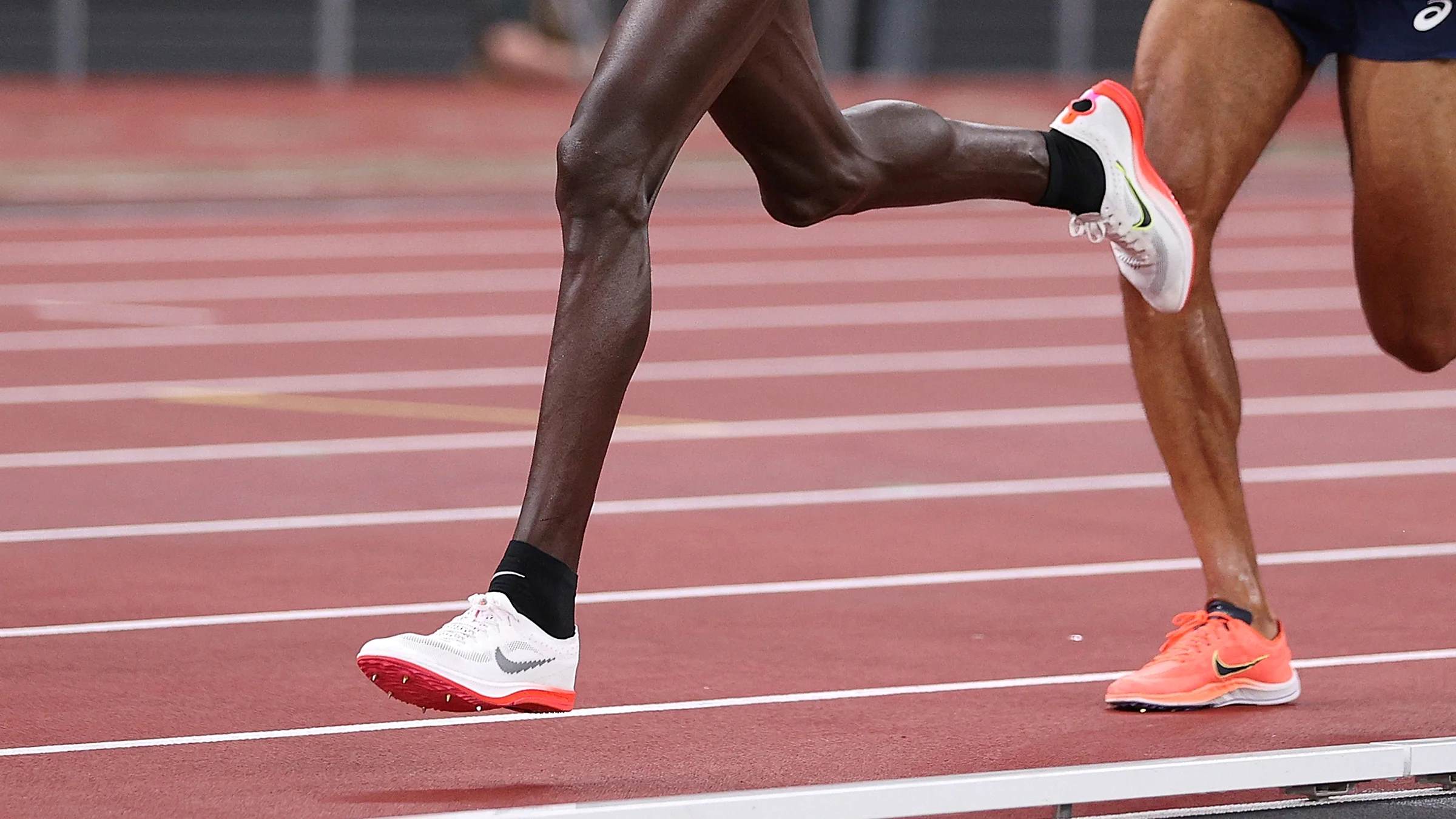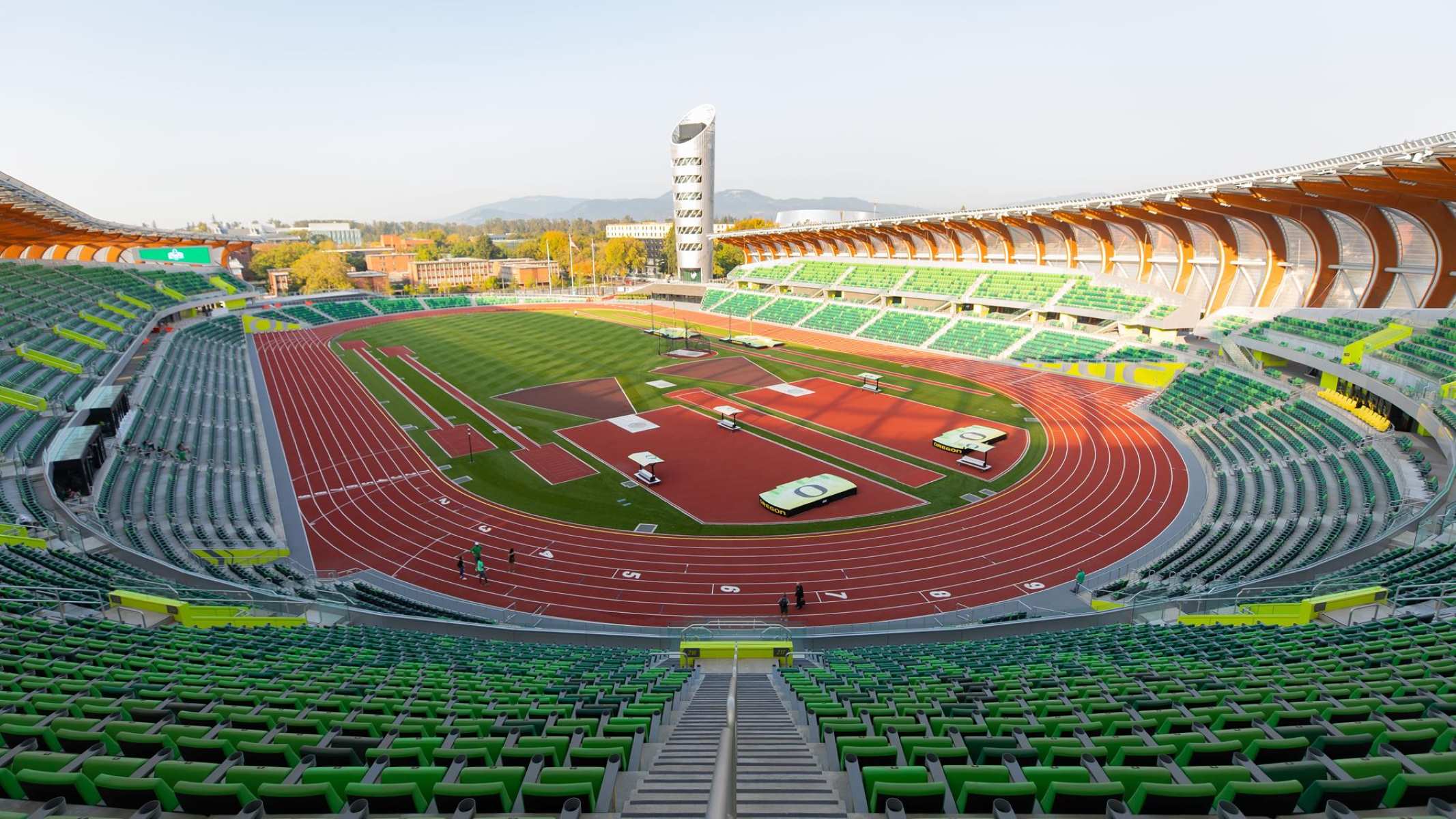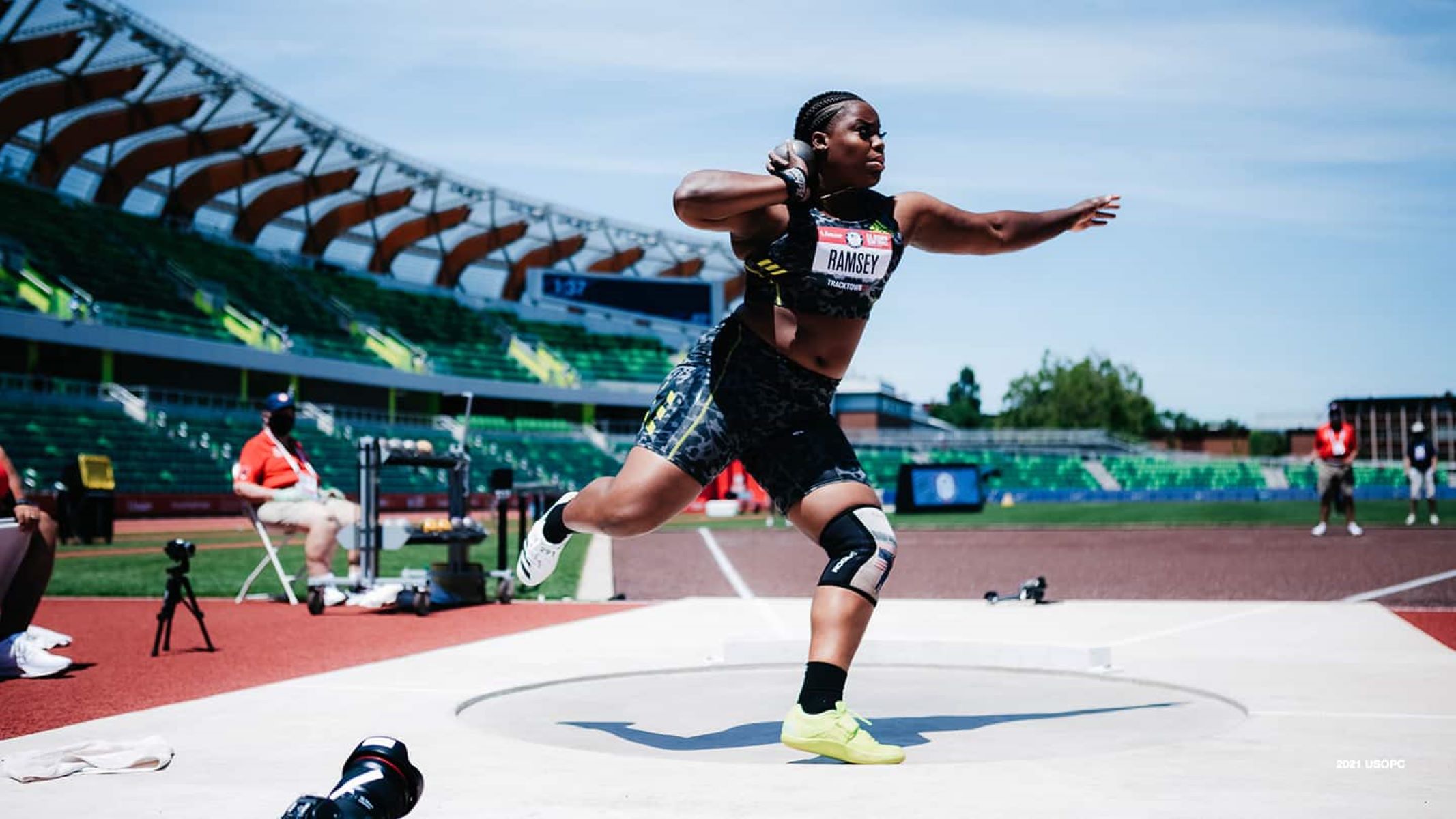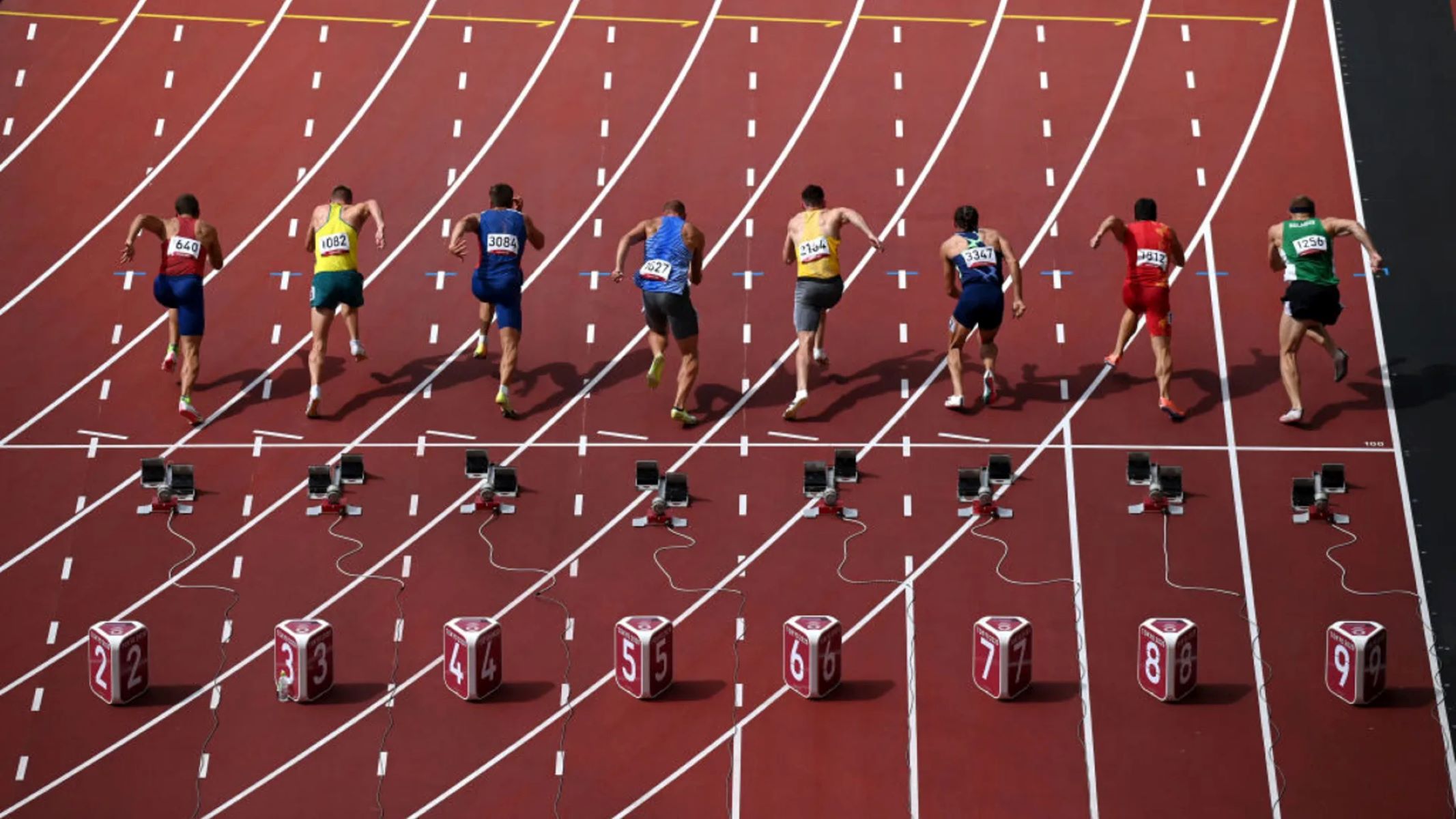Home>Misc>Featured>What Are The Indoor Track And Field Events?
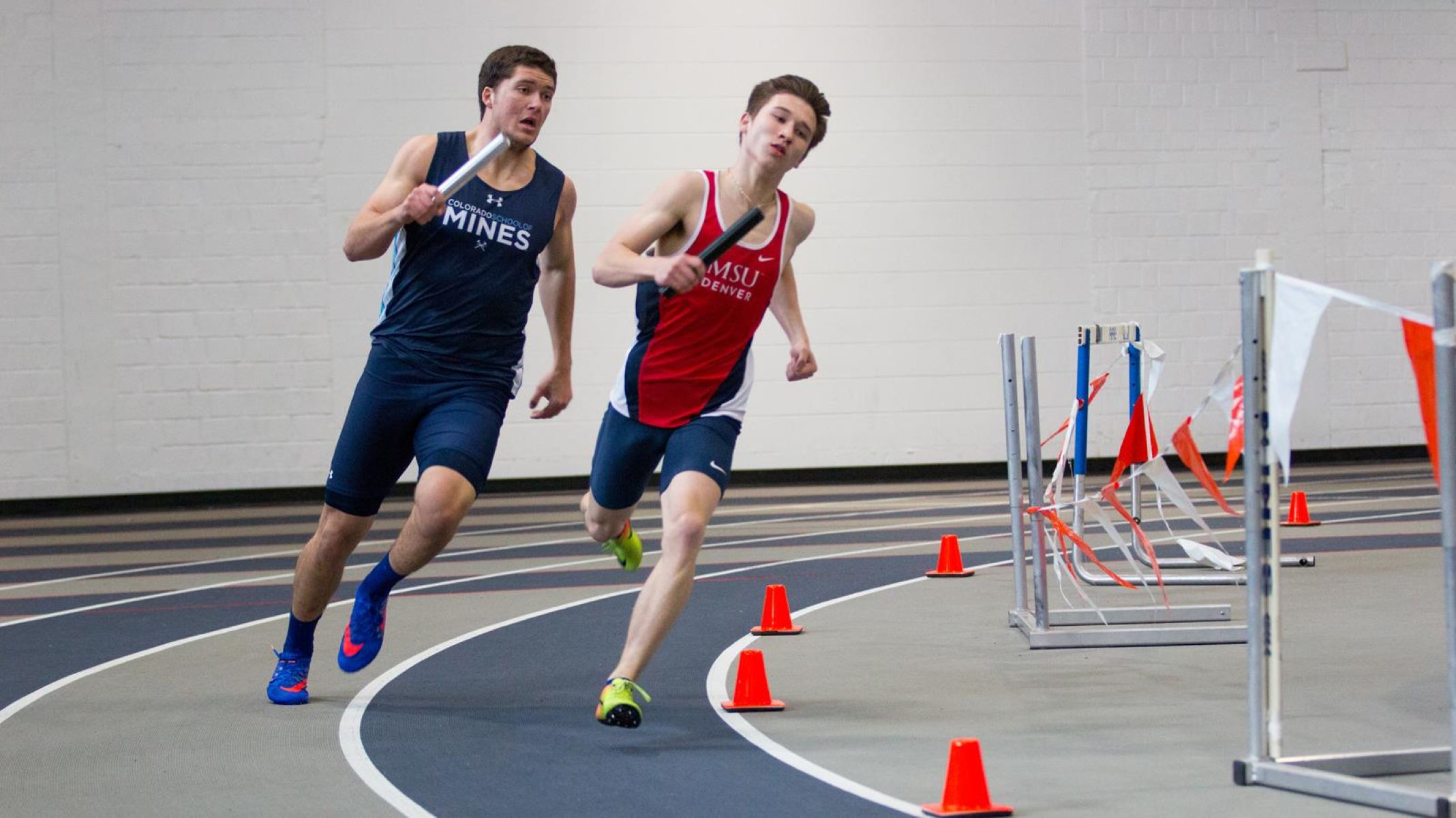

Featured
What Are The Indoor Track And Field Events?
Published: September 15, 2023
Discover the various indoor track and field events featured in this comprehensive guide. Learn about the exciting competitions and disciplines that take place on the track and in the field.
Introduction
Welcome to the thrilling world of indoor track and field events! Indoor track and field is an exhilarating sport that combines speed, agility, strength, and precision. It is a popular spectator sport and a competitive discipline that attracts athletes from all over the globe. In this article, we will explore the various indoor track and field events that showcase the incredible athletic abilities of participants.
Indoor track and field events take place in indoor arenas that are specially designed to accommodate the different disciplines. These arenas typically feature oval-shaped tracks, jumping pits, and throwing areas. The controlled environment allows for year-round training and competition, regardless of weather conditions.
Athletes in indoor track and field events compete against the clock and against each other to reach their personal bests, set records, and earn medals. The events are divided into different categories, with each category highlighting specific athletic skills and techniques. Let’s dive into the various categories and discover the exciting events that make up indoor track and field!
Throughout this article, we’ll explore sprint events, middle distance events, long distance events, hurdles events, relay events, jumping events, and throwing events. Each category offers its own unique challenges and showcases the incredible athleticism and dedication of the participants. Whether you’re a fan of speed, endurance, or technical skill, there’s something for everyone in the world of indoor track and field.
So, tighten your laces, imagine the roar of the crowd, and get ready to be captivated by the incredible feats of speed, strength, and endurance in the world of indoor track and field events!
Sprint Events
Sprint events are the heart-pounding, adrenaline-fueled races that showcase speed and explosive power. These events are short-distance races that require athletes to cover a specific distance as fast as they possibly can. The most common sprint events in indoor track and field are the 60-meter dash and the 200-meter dash.
The 60-meter dash is a lightning-fast sprint that pushes athletes to their limits in a matter of seconds. Participants explode out of the starting blocks and sprint down the track, crossing the finish line in the blink of an eye. The 200-meter dash is a slightly longer sprint that requires both speed and endurance. Athletes must maintain their momentum and execute flawless technique to secure victory in this challenging event.
Sprint events demand explosive power and precise technique. Athletes must master the start, maintain proper form throughout the race, and accelerate to top speed in the shortest possible time. The difference between winning and losing can come down to a fraction of a second, making sprint events some of the most exciting and closely contested in indoor track and field.
Athletes competing in sprint events must possess a unique combination of power, speed, and mental toughness. They spend hours honing their technique, focusing on maximizing their stride length and frequency. Proper sprinting requires a well-timed balance between stride length and frequency, along with precise arm and leg coordination.
The sprint events in indoor track and field not only showcase the raw speed of athletes but also highlight their ability to execute flawless technique under immense pressure. It’s a captivating sight to see these athletes explode out of the blocks, driving their bodies forward with incredible power and determination.
So, get ready to witness the explosive energy of the sprint events in indoor track and field. Strap in as these athletes push the boundaries of human speed and athleticism, leaving a trail of dust and admiration in their wake.
Middle Distance Events
While sprint events showcase pure speed, middle distance events bring a unique blend of speed and endurance to the indoor track and field arena. These events require athletes to cover distances ranging from 800 meters to 1500 meters, testing their ability to maintain a fast pace for a sustained period.
The 800-meter run is a thrilling middle distance event that mixes speed, endurance, and strategy. Athletes must find the perfect balance between a fast start and conserving energy for the final sprint. It’s a tactical race that often unfolds with dramatic sprint finishes and exhilarating comebacks.
As the distance increases, athletes face the grueling 1500-meter run, which demands a combination of speed, endurance, and tactical awareness. This event requires competitors to pace themselves strategically throughout the race, making calculated moves to surge ahead at just the right moments.
Middle-distance events test the athletes’ ability to push past their comfort zones and maintain a strong pace. They require a delicate balancing act of conserving energy while still maintaining a competitive position. Athletes must possess mental toughness, strategic thinking, and the physical ability to maintain a fast pace for a longer period.
Technique plays a crucial role in middle distance events. Athletes must maintain proper form, optimize their stride length, and use efficient energy distribution to avoid early fatigue. These events require athletes to find their rhythm, effectively utilizing their arms, legs, and breathing patterns to maintain a strong and consistent pace.
Watching middle distance events is truly captivating, as athletes skillfully navigate the track, making strategic moves to position themselves for a strong finish. The combination of speed and endurance, along with the tactical aspects of the race, make middle distance events a thrilling spectacle in indoor track and field.
So, get ready to be amazed by the incredible stamina, tactical prowess, and unwavering determination of athletes competing in middle distance events. Witness their ability to sustain a fast pace and execute strategic moves that can make or break their race. Middle distance events are a true test of both physical and mental strength.
Long Distance Events
In the world of indoor track and field, long distance events push athletes to the limits of their endurance and mental fortitude. These races go beyond the middle distance events, with distances that can range from 3000 meters to 5000 meters, or even longer.
The 3000-meter run is an intense long distance event that demands a balance between speed and strategy. Athletes must maintain a strong and consistent pace throughout the race, while conserving enough energy for a final kick in the closing laps. The 5000-meter run takes endurance to another level, testing the physical and mental strength of participants as they tackle numerous laps around the track.
Long distance events require athletes to possess exceptional aerobic capacity, mental resilience, and efficient running technique. They must carefully manage their energy expenditure, pacing themselves in order to ensure they have enough stamina to finish the race strongly. Maintaining focus and mental toughness is crucial to overcome the physical demands of these grueling races.
In long distance events, athletes often employ different strategies to gain an advantage. Some may choose to set a fast pace from the start to break away from the pack, while others may opt for a more conservative approach, waiting for the right moment to make their move. These races are not just tests of physical fitness, but also battles of wits and strategy.
Technique plays a critical role in long distance events. Athletes must maintain efficient running form, minimizing wasted energy and maximizing their stride length and frequency. Proper breathing techniques also play a crucial role in sustaining a strong and consistent pace over longer distances. It’s a delicate balance between exerting enough effort to maintain a fast pace and saving energy for the crucial final stages of the race.
Watching long distance events is a testament to the incredible endurance and mental strength of the athletes. The determination and resilience displayed as they push their bodies to the limit, lap after lap, is truly awe-inspiring. Long distance events in indoor track and field are a true test of human endurance and sportsmanship.
So, prepare to be captivated by the sheer grit, perseverance, and unwavering determination of athletes competing in long distance events. Witness the battle of both body and mind as they navigate the grueling laps, pushing themselves to the limit in pursuit of victory.
Hurdles Events
If you’re looking for an event that combines athleticism, agility, and technique, then the hurdles events in indoor track and field are sure to capture your attention. Hurdles events require athletes to clear a series of obstacles, known as hurdles, while maintaining speed and rhythm.
The 60-meter hurdles is a high-intensity event that challenges athletes to navigate ten hurdles placed evenly throughout the track. It requires explosive speed, impeccable technique, and precise coordination to clear each hurdle and maintain momentum. The 110-meter hurdles, on the other hand, is a longer race that demands endurance and resilience, as athletes face a total of ten hurdles placed at a higher height.
Athletes participating in hurdles events must possess excellent sprinting ability, as well as the skill to execute efficient hurdle clearance. They need to time their stride patterns to perfection, coordinating their steps with the distance between each hurdle. The successful clearance of hurdles largely depends on the ability to maintain speed while smoothly and effortlessly jumping over the barriers.
Proper hurdle technique is crucial for success in these events. Athletes must drive their lead leg forward to clear the hurdle, while keeping their trail leg low to the ground for minimal loss of momentum. Maintaining rhythm and balance is essential, while any mistake in technique can cost precious time and momentum.
Hurdles events provide an exciting spectacle for both participants and spectators. The agility and grace with which athletes glide over the hurdles, combined with the speed and power they generate, create a captivating display of athleticism. The anticipation of seeing athletes flawlessly clear each hurdle, propelling themselves towards the finish line, adds an element of suspense and excitement.
Watching hurdles events in indoor track and field is an opportunity to witness the remarkable combination of speed, coordination, and precision. Athletes showcase their ability to overcome obstacles, both physically and mentally, as they race towards the finish line in pursuit of victory.
So, get ready to be enthralled by the skill, agility, and sheer determination of athletes competing in hurdles events. Witness the seamless blend of speed and technique as they gracefully navigate the hurdles, showcasing the epitome of athleticism in indoor track and field.
Relay Events
In the realm of team competitions, relay events in indoor track and field bring together the thrill of speed and seamless baton exchanges. Relay races require a team of four athletes to work together, each running a designated distance before handing off a baton to the next runner.
The most commonly contested relay event in indoor track and field is the 4×400-meter relay. Each team member runs 400 meters before passing the baton to the next runner in a carefully orchestrated exchange. The 4×200-meter relay is another widely popular event, requiring each runner to cover 200 meters in a high-speed, baton-passing frenzy.
Relay events demand not only individual skill and speed but also a strong sense of teamwork and coordination. Runners must time their approach, execute a flawless handoff, and accelerate towards the finish line to secure victory. The baton exchange is a critical aspect of relay events, and any mishap can result in a loss of momentum or, in worst cases, disqualification.
Athletes participating in relay events need to showcase a combination of speed, stamina, and precision. Each runner has a prescribed role in the team strategy, whether it’s setting the tone with a fast start or maintaining a lead. Communication and synchronization play a key role in executing smooth and efficient baton exchanges, minimizing time lost during the handoff.
Relay events are not just a display of individual speed, but also a testament to the unity and cohesion of the team. Athletes must trust one another, supporting and encouraging their teammates as they strive for a collective goal. The excitement and energy of a relay event are unparalleled, as team members cheer each other on, creating an electrifying atmosphere.
Watching relay events in indoor track and field is a thrilling experience. The seamless baton exchanges, the explosive bursts of speed in each leg, and the dramatic finishes make for an exhilarating spectacle. The camaraderie and teamwork on display add an extra layer of excitement, as teams work together to achieve greatness.
So, get ready to be swept away by the fast-paced action and team spirit in relay events. Witness the precision, speed, and seamless coordination as athletes pass the baton, racing towards the finish line with every ounce of determination they possess. Relay events in indoor track and field represent the epitome of teamwork and competition.
Jumping Events
The jumping events in indoor track and field are a captivating display of athleticism, power, and grace. These events require athletes to showcase their leaping ability and technique, as they aim to clear impressive heights or distances.
The high jump is an event that challenges athletes to jump over a bar without knocking it down. Participants utilize a unique technique known as the Fosbury Flop or the Scissor Jump, where they arch their back and kick their legs over the bar, clearing it with precision and finesse. The pole vault is another thrilling jumping event, where athletes use a long, flexible pole to propel themselves over a bar set at ever-increasing heights.
Long jump and triple jump are horizontal jumping events where athletes aim to achieve maximum distance in their jumps. In the long jump, athletes sprint down a runway and take off from a designated board, propelling themselves forward into the pit. Triple jump requires athletes to execute a hop, skip, and jump sequence, maximizing their distance with each phase.
Jumping events in indoor track and field demand exceptional speed, power, and technique. Athletes must generate explosive force during takeoff, optimize their flight trajectory, and land with control and balance. The smallest details can make a significant difference, whether it’s the angle of approach, the timing of the jump, or the position of the body in mid-air.
Technical expertise is vital in jumping events. Athletes must carefully coordinate their approach, foot placement, and takeoff to generate maximum lift and distance. Each discipline requires specific skills and training, emphasizing different techniques and strategies to achieve success.
Watching jumping events is a captivating experience. Witnessing athletes soar through the air, defying gravity and reaching impressive heights or distances, is both awe-inspiring and thrilling. The combination of explosive power, impeccable technique, and acrobatic grace creates a visual spectacle that keeps spectators on the edge of their seats.
So, prepare to be amazed by the incredible feats of jumping athletes in indoor track and field. Brace yourself as they launch themselves over bars, soar through the air, and land with precision and finesse. Jumping events are a testament to the human body’s ability to achieve extraordinary heights and distances.
Throwing Events
In the world of indoor track and field, the throwing events showcase the raw power, technique, and precision of athletes as they launch various implements through the air. These events test not only an athlete’s strength but also their ability to generate speed and control during the throwing motion.
Shot put is a throwing event where athletes explosively launch a metal ball known as a shot. The goal is to achieve maximum distance while adhering to specific rules regarding the release technique and landing area. Shot put requires a combination of strength, explosive power, and proper technique to generate the necessary momentum and project the shot as far as possible.
Weight throw, also known as the weight throw or weightlifting throw, challenges athletes to hurl a heavy spherical weight attached to a handle. Like shot put, weight throw requires the utilization of maximal strength and precise technique to generate momentum and propel the weight forward.
In the indoor track and field arena, athletes also compete in the throwing events of the hammer throw and the discus throw. The hammer throw involves athletes spinning in a circle and releasing a heavy metal ball, connected to a wire and handle, as far as possible. In the discus throw, athletes spin and release a disc-shaped implement, aiming to achieve optimal distance through a combination of technique, angular momentum, and strength.
Throwing events require athletes to generate power and kinetic energy through efficient body movements and precise timing. Technique plays a significant role in these events, as athletes must execute a proper sequence of motions to generate maximum force and project the implement with accuracy.
Strength and explosiveness are key attributes for success in throwing events, but precision and control are equally important. Athletes must strive to find the perfect balance between generating power and maintaining control during the throwing motion. This delicate balance ensures that the implement is launched with optimal speed and angle for maximum distance.
Watching throwing events in indoor track and field is a captivating experience. Witnessing the release of a shot, weight, hammer, or discus as it hurtles through the air demonstrates the incredible power and technique of the athletes. The tense anticipation of measuring the distance traveled brings excitement and adds an element of competition to the event.
Get ready to be amazed by the incredible power, precision, and technique displayed by athletes competing in throwing events. Observe as they summon their strength, execute flawless motions, and launch the implements with astounding force. Throwing events in indoor track and field are a true testament to the capacity of the human body.
